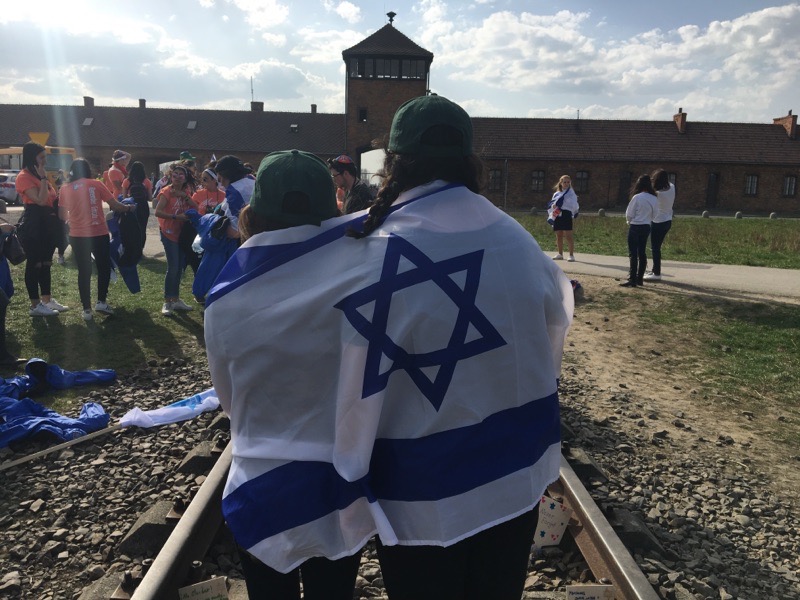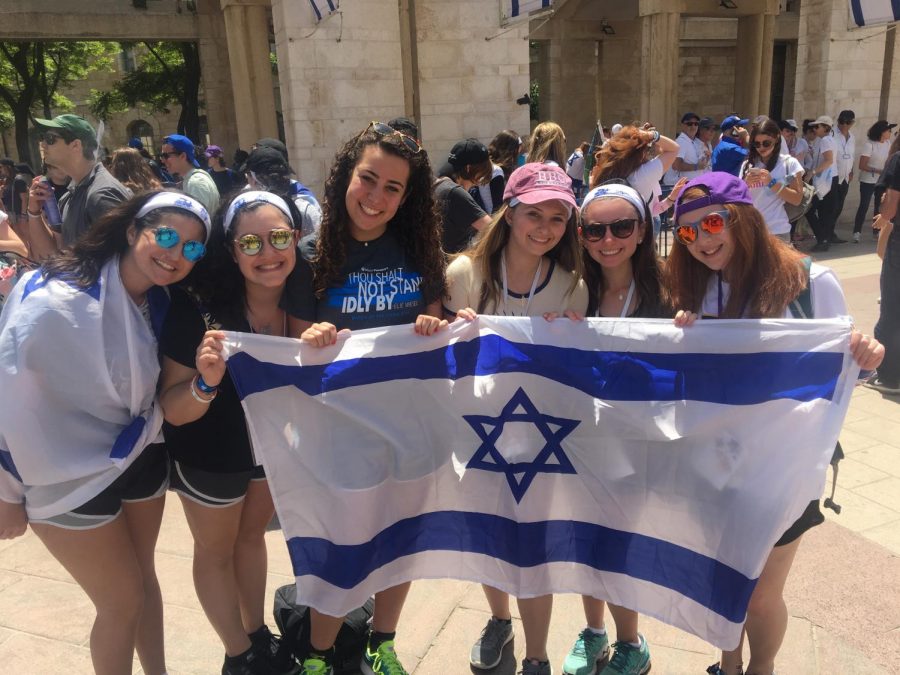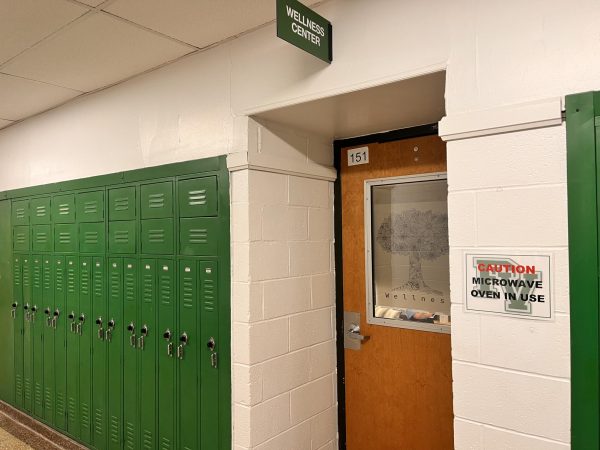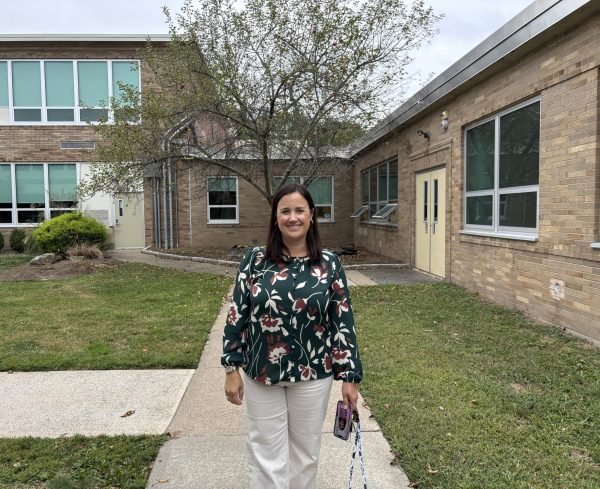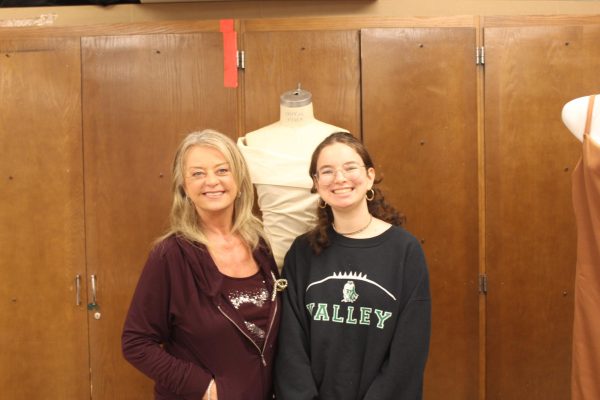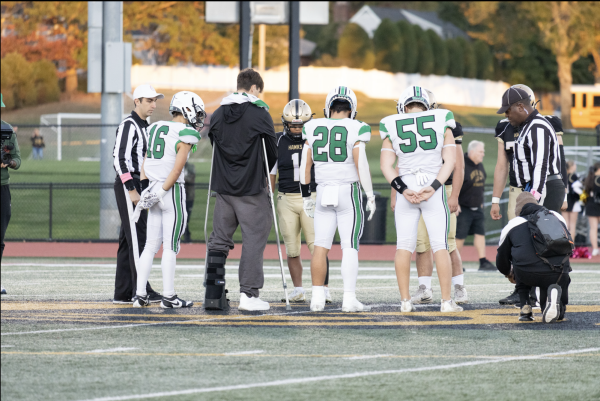“I marched to bear witness”
PV senior participates in March of the Living
Ally Botwinick and Julia Ganbarg with the Israel flag at Birkenau. They recently went on a trip to participate in March of the Living.
This past April, I took part in the International March of the Living. I, along with 15,000 other Jewish teens marched from Auschwitz to Birkenau, a walk that was an actual death march only 70 years ago. I marched to bear witness so that we will never ever forget the atrocities that took place during the Holocaust.
As a Jewish teen, I felt that it was my obligation to participate in the March of the Living. It is up to our generation to educate ourselves and educate others on the Holocaust to ensure that events like this never happen again. It is up to my generation to listen to the stories of the survivors and pass their stories along to future generations. One day, these survivors won’t be around to tell their stories, so it is up to us to let their stories live on.
This two-week journey was the most meaningful journey I have ever embarked on. We spent the first week in Poland, visiting historic sites in both Krakow and Warsaw. We went to places such as the Krakow Ghetto and Oscar Schindler Factory. We visited the grounds of Auschwitz and Birkenau Death Camp, where we later marched from Auschwitz to Birkenau during the actual March of the Living on Yom Hashoah, Holocaust Remembrance Day.
Auschwitz, also known as Auschwitz I, was the first camp we saw. As our bus drove towards the camp, it was as if all the pictures I had seen of barracks and barbed wire had come to life. This was reality, and it was heartbreaking. We walked through the camp where we saw that barbed wire and brick buildings were found all around. Our group put on earphones and listened to our tour guide as he led us around the camp. We saw the outside of the building where the Mengele twins were operated on and we walked inside of a gas chamber. My heart was racing the whole time; I had never felt more scared, sad, and overwhelmed. If this is how I felt, I can’t even imagine what the victims must have felt.
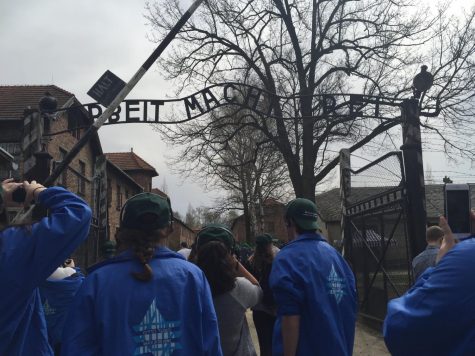
The second camp we saw was Birkenau, also known as Auschwitz II. We saw the infamous train tracks that led up to the giant arc in front of the camp. This camp was much different than Auschwitz I, in that much of it was missing. The Germans bombed Birkenau after the war, in an effort to destroy evidence. But, the evidence was still there. You could still see the outlines and the chimneys from where the buildings used to be. You could still see the sheer size of the camp, which went on far past what the eye could see. You could still see the remnants of a crematorium and the steps that led the humans to their deaths. It was very overwhelming there.
The hardest day of my journey was the day we visited the grounds of the Majdanek Extermination Camp. Going into this camp, I didn’t know anything about it except that it was known as a labor camp. The emotions I felt while walking through this camp were indescribable. So much of the camp was still there, and just like Birkenau, it was HUGE. I walked through a crematorium, saw the ovens, and walked out.
From the crematorium, I walked up to a memorial site where I saw the ashes from the crematorium- more ashes than you could ever imagine. The scariest part was that the camp was located in the middle of the city, visible to all outsiders. Houses sat right outside the camp, which means the civilians physically saw what was going on inside the camp, but didn’t do anything about it. That was a horrifying realization. The barbed wire was everywhere, double lined with diagonal barbed wire lined between the two. There was no escape.
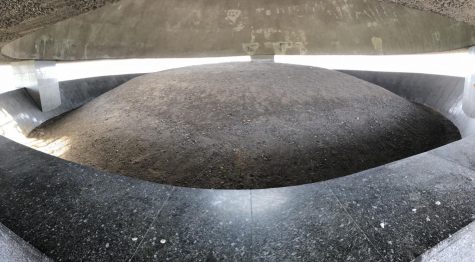
The whole idea of walking into a camp and walking out is unimaginable. Walking in and out of a gas chamber, and even a a crematorium, is unheard of. This was something that millions of innocent people were unable to do. And for that, I had to bear witness. I beared witness for those who no longer could.
We also visited the remains of the Warsaw Ghetto Uprising and visited the Treblinka Death Camp. All evidence of this camp were destroyed by the Germans, so in its place was a memorial made out of stones. Here we walked and looked at the stones, paying respect to the victims. We had a reflection ceremony and then headed to the Warsaw Airport to board the plane to the Jewish homeland- Israel.
Landing at Ben Gurion airport after seeing what I saw in Poland, was unforgettable. The whole plane started singing “Am Yisrael Chai,” while clapping and cheering, even though we arrived in the middle of the night. It was an overwhelming feeling of happiness and acceptance. The Jewish people went from something as horrendous as the Holocaust to restoring their Jewish state of Israel.
We came to Israel at the most amazing time- Israel’s 70th anniversary of independence. We participated in a celebration march in Jerusalem and attended a fun celebratory concert on Ben Yehuda Street in Jerusalem. On the trip, we also hiked Masada, swam in the the Dead Sea, and toured cities like Haifa and Tel Aviv.
I will carry the memories I made on this trip with me forever. I truly feel like I have changed as a person through this experience. Not only did I find my Jewish identity, but I also became a more grateful person.
The other thing I learned from this trip is to be an advocate for Israel. This was my first time in Israel and as soon as I got off that plane, I felt at home. This is the Jewish homeland and if I want to continue to visit it in the future, I have to play a role in supporting it through educating myself and educating others.


